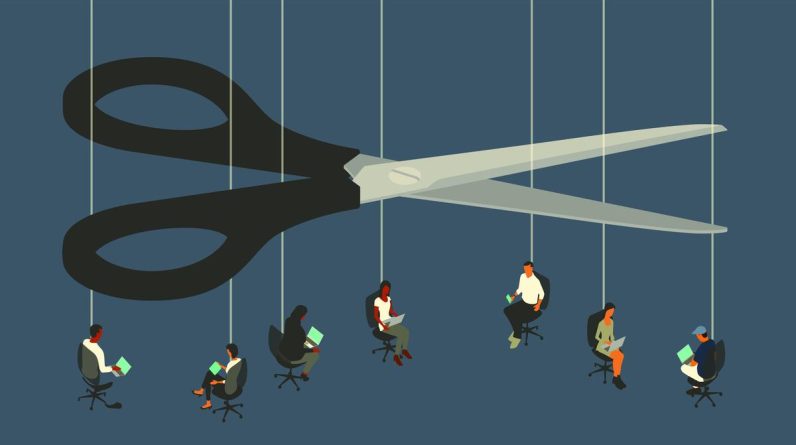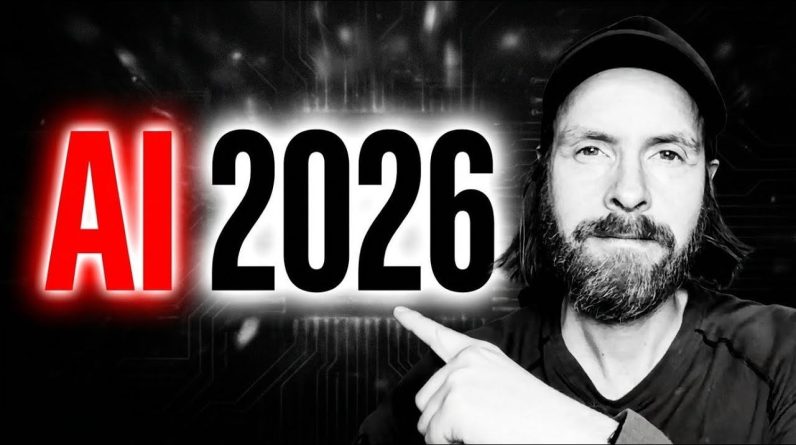
The Information Technology (IT) and Information Technology Enabled Services (ITES) sector employs over 55 million professionals globally, with over 5 million, or a massive 10%, in the Indian IT sector. The sector continues to promise employment potential but the emergence of new-age technologies such as Artificial Intelligence (AI), Machine Learning (ML), Automation, Quantum Computing and others mean that numerous roles are changing, primarily because of the changing dynamics and requirements of the industry.
In the last couple of years, both major and minor constituents of the IT industry have decided in favour of investing heavily to establish their AI-preparedness. Aspects like vibe coding are gradually becoming the talk of the town, with several organisations and industry leaders advocating for AI-driven automated coding. Roles like Prompt Engineer, AI Researcher, and others are quickly becoming the focus of these global organisations.
At the same time, numerous layoffs have been taking place at both Big Tech and other companies. Some of these firms say that the layoffs were a result of “Internal reorganisation” and “restructuring efforts”, whereas others announced that they were emphasising “strategic shift of AI products & services.” What this essentially means is that the IT & ITES sectors are adapting to live in a world where AI is quickly becoming the norm of normalisation and scalability. This also means that today’s learners must focus on these aspects to ensure employability in the coming years.
Impact of tech layoffs
The emergence of AI as one of the defining technologies in the 21st century has led to numerous discussions and arguments, which come down to one single point: whether AI is leading to job losses. However, the moot point is that AI is transforming how digital technologies and work are defined.
In the IT & ITES sector, the scope of work has essentially changed and scaled because of AI and similar technologies. The tech layoffs taking place at globally prominent technology majors like Microsoft, Google, Salesforce, Meta and elsewhere highlight this shift at a foundational level. When the requirements are changing drastically, this trend calls for widespread upskilling in era-appropriate technologies, something that Indian tech majors have had done in the recent past. At the same time, upskilling an industry full of millions of professionals remains highly inconceivable, meaning the push must come from all stakeholders — government, public and private sectors.
The immediate impact of the layoffs taking place in tech majors is, unfortunately, the loss of employment and financial challenges on an individual level. But at the same time, learners must understand this presents a unique opportunity to upskill in era-appropriate technologies like AI, ML and others, and drive the innovation forward. Industry leaders have often been vocal in the last few years at several public engagements that only a fraction of the current workforce remains equipped with adequate knowledge about them. To operate within an IT & ITES industry that is dependent on functional new-age technologies that do repeat work much more easily and transform entire job roles, employees must look to strategically upskill in these technologies or risk being irrelevant as time goes by.
How can learners realign themselves
There is little doubt over what tech learners must prioritise. The ongoing decade and the approaching years will be highlighted because of their innovation in digital technologies. From AI & ML to Quantum Computing, Edge Computing and Blockchain, the growth spectrum of the IT & ITES industry is visible. This means that several older roles in Coding or Testing will soon become defunct. This is where today’s tech learners must prioritise, especially considering the ongoing efforts to create a talent funnel with adequate knowledge of new-age digital technologies.
For beginners, the learning process must be aligned with what the industry requires at the moment and in the future. Much of the education policy in technology remains decades-old, where the focus remains on creating software engineers who are aligned with the older industry narrative. However, with the industry shifting its focus to new-age technologies, the education policies in India and globally must be subjected to required changes.
As the education policy changes its outlook, establishing a talent funnel will be automatically streamlined. The Big Tech companies have already laid out their future focus in public domains, but aligning with it would need to be initiated by the learners, educationists and government partners, along with the private sector itself.
Looking ahead
The coming years will be critical in reimagining the IT & ITES sector, and tech layoffs are unfortunately expected to continue. As Big Tech and other companies realign their focus on these new-age technologies, more new roles will be created in the space, with minimal participation from trained professionals. At the moment, upskilling is becoming the primary differentiator and catalyst for tech careers of professionals. By the next decade, the new technologies will be fully integrated in businesses. Individual professionals need to adapt to thrive in the new era.
(Born in a remote town in Madurai, Tamil Nadu, Arun Prakash is Founder and CEO of GUVI Geek Networks, an HCL Group Company and an IIT-Madras & IIM-Ahmedabad incubated EdTech platform that offers free and paid coding and management courses in Hindi, Telugu, Kannada, Swahili, Bengali, Tamil, and so on.)
Published – August 07, 2025 08:09 pm IST








